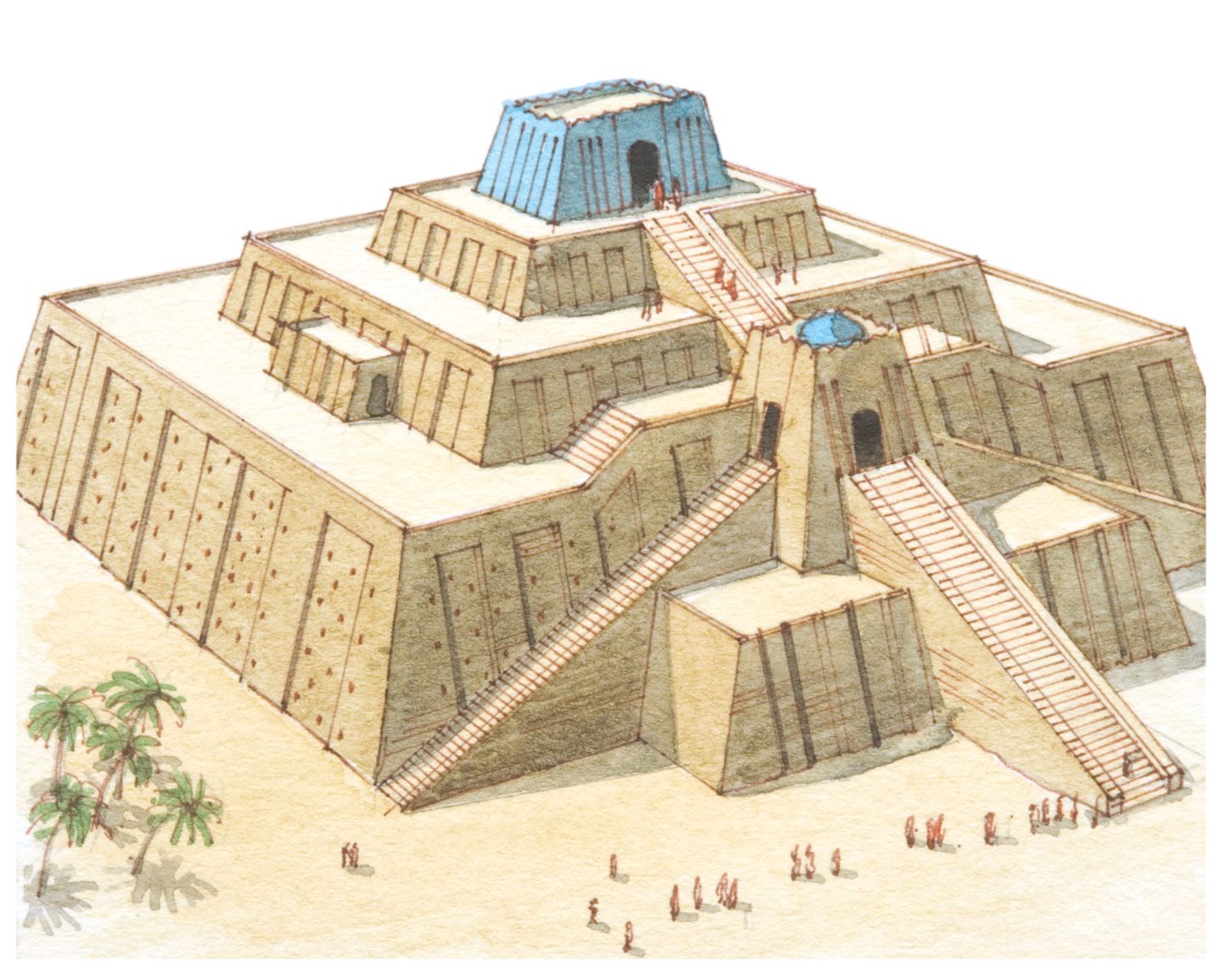When I think of ancient works of architecture, some famous structures immediately come to mind, such as rock formations like Stonehenge and extravagant Roman temples like the Parthenon.
Today, we will be talking about another ancient work that is lesser known but equally as impressive.
It all begins in Mesopotamia.
The term Mesopotamia, which translates to “in between the rivers,” refers to the part of the world we call the Middle East. This includes parts of present day Turkey, Iran, Iraq, Israel, Jordan, Syria, Armenia, and Saudi Arabia.
Many Mesopotamian communities were governed by oligarchs known as priest kings. Because of the common belief that humans were created solely to serve the gods, who were thought to be based on natural phenomena, these rulers heavily incorporated religion and worship into their rule. Subsequently, like in many other cultures and areas of the world during this time period, religion played an important role in architectural innovations and developments.
The main architectural work in Mesopotamia was the ziggurat: a temple tower that rose in multiple stages, with each level diminishing in area and increasing in height.

Ziggurats were often built using mud and then covered with baked brick to protect against weathering. Some ziggurats were also reinforced and decorated with cone mosaics. These were repetitive zigzag or geometric patterns created by embedding many small, colorfully glazed terracotta cones into the mud walls prior to them hardening.
The largest and best-preserved ziggurat from the Mesopotamian period is the Great Ziggurat at Ur, or present day Tall al-Muqayyar, Iraq.

Like many other ziggurats in Mesopotamian architecture, the Temple at Ur, which was dedicated to the moon god and patron deity, Nanna, appears as a natural outcropping of the earth, meant to be understood as an “artificial” mountain of sorts. This height allows the temple, which is located on the highest tier of the ziggurat, to be raised up towards the heavens, acting as a meeting place or bridge between humans and the gods.
The levels of the ziggurat at Ur mimic and symbolize the stratification of Mesopotamian society, as only the most elite individuals were permitted to enter the temple room. This obvious division was implemented to demonstrate the status of their culture’s leaders, showing how the rulers and other high ranking community members were the only ones viewed worthy enough to “mingle” with the gods.
Ziggurats were the first architectural works where people manipulated the landscape and surrounding topography to create ritual spaces that would endure for a long period of time.
These stepped pyramids, while lesser known than some other ancient architectural developments, are just as important in both a historical and cultural sense.
Click here to watch a virtual tour of a ziggurat.
This is a unique passion blog topic, are you an architecture major? I took Latin in highschool so we had to learn a little bit about Ancient Rome and Mesopotamian culture. However, we did not go as in depth on the actual architecutre of the time periods, we mainly focused on wars, famous poets, philosophers and rulers, and religions. This was interesting to read because it went more in depth and taught me some new things!